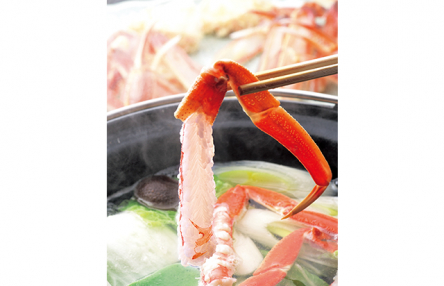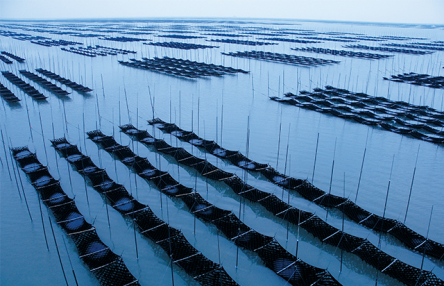
- FOOD
- 2020.03.18
Ohagi: A Sweet Evolution
For a small confection, the traditional sweets called ohagi carry big symbolism. The pounded sticky rice on the inside represents the hope for a bountiful crop, and the azuki beans in the sweet paste that enrobes the rice are a charm against evil. For this reason, mothers and grandmothers all over Japan used to make ohagi for the twice-annual weeklong Buddhist periods of commemoration and respect for ancestors that took place over the spring and autumn equinoxes. Though that custom has largely died out, ohagi remain beloved. Satisfying and easy to eat, they go extremely well with strong green tea. Not surprisingly, ohagi are gaining new recognition as one of Japan’s real soul foods.
Ohagi3
In Nagoya, a city where traditional Japanese tea culture is still strong, there are a lot of traditional confectioners. Among them is Ohagi3, which has three outlets in Nagoya and recently opened a fourth in Tokyo. Its playful ohagi are made with the best ingredients and use no artificial colors, flavors, or preservatives (from ¥220 each). Yuzuki ohagi has sweet bean paste in the center and is lightly char-grilled on the surface, with a salty-sweet topping. The distinctive Baizuki, with the tang of roasted green tea, is sold only at the Tokyo store. There’s an ohagi parfait on the menu (below, ¥700), too, combining ohagi, warabimochi (a wobbly jellied treat made from bracken starch), and ice cream—a perfect accompaniment to a stroll though Asakusa, one of the oldest districts in Tokyo.

Takeno to Ohagi
Owner Hiroki Ogawa says his grandmother used to make ohagi with a particularly refined taste; they were less sweet than most. That memory is what inspired him to start his own business specializing in the traditional treats.As well as the regular ohagi wrapped in either coarse or smooth bean paste, the other five options on sale each day depend on what he decides in the morning (from ¥250 each).

The choice often reflects small changes in the seasons around him—a flower he notices blooming, or the way a breeze feels in the air. The ohagi are made in the morning and sold through the afternoon. The store sells only ohagi, and closes once they are sold out. Every day a line of eager customers gathers at the door.

Ohagi3
1-31-4 Asakusa, Taito-ku, Tokyo
Tel. 03-5830-3103
10 AM to 6 PM
Closed irregularly
ohagi3.com (Japanese only)
Takeno to Ohagi
1-21-11 Sakura-shinmachi, Setagaya-ku, Tokyo
Tel. 03-6413-1227
Noon to 6 PM
Closed Monday and Tuesdays, as well as for an extended period during summer
Our latest issue is entirely devoted to food in Japan.
Look for more information here.






